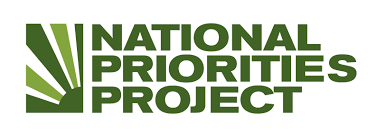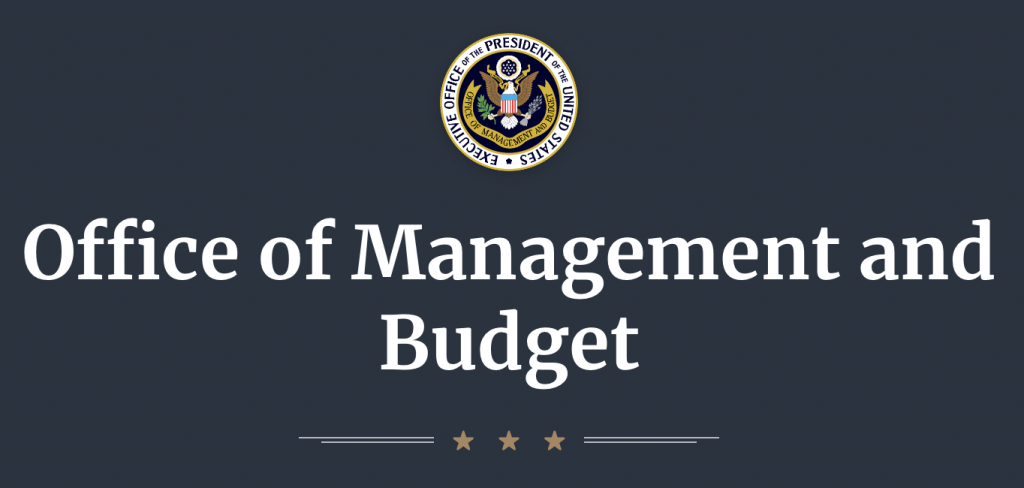This section proves information on the Federal Government’s funding and budget process and cycle.
The information and website links gives you specific insight and visibility into:
- Where the specific Federal Agencies spend IT Funds.
- How money is appropriated for Federal Agencies.*
- Who spends money on what capabilities and services.
- The overall budget process and cycle.
All pictures and links will open to an external site or pdf
The IT Dashboard was launched on June 1, 2009, to allow Federal agencies and the public to view details of Federal information technology (IT) investments online and track their progress over time. The IT Dashboard displays data received from agency IT Portfolio and Business Case reports, including general information on over 7,000 Federal IT investments and detailed data for over 700 of those investments that agencies classify as “major.”
The Federal Funding Accountability and Transparency Act of 2006 (FFATA) was signed into law on September 26, 2006. It mandated the creation of a publicly available, searchable website that would provide the American public access to information on entities and organizations receiving Federal funds. USAspending.gov went live in 2007 with data on prime recipient transactions. In 2008, the Government Funding and Transparency Act amended FFATA to include the reporting of sub-awards transactions by the prime recipients.
- The President submits a budget request to Congress
- The House and Senate pass budget resolutions
- House and Senate Appropriations subcommittees “markup” appropriations bills
- The House and Senate vote on appropriations bills and reconcile differences
- The President signs each appropriations bill, and the budget becomes law
The Office of Management and Budget oversees the performance of Federal agencies and administers the Federal budget.
OMB carries out its mission through five critical processes that are essential to the President’s ability to plan and implement his priorities across the Executive Branch:
- Budget development and execution.
- Management, including oversight of agency performance, human capital, Federal procurement, financial management, and information technology.
- Regulatory policy, including coordination and review of all significant Federal regulations by executive agencies.
- Legislative clearance and coordination.
- Executive Orders and Presidential Memoranda
The U.S. Government Accountability Office (GAO) is an independent, nonpartisan agency that works for Congress. Often called the “congressional watchdog,” GAO investigates how the Federal government spends taxpayer dollars.





